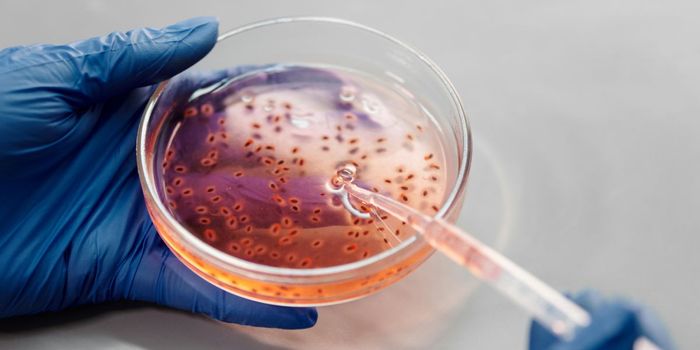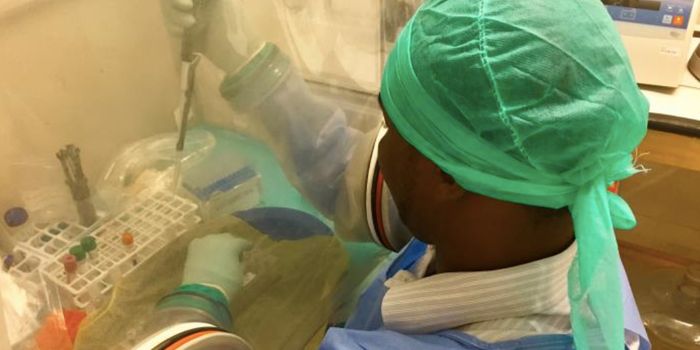Many ski resorts around the world rely on artificial snow production to create better conditions on their slopes. For decades, bacteria have been used to help this process along. Microbes like Pseudomonas syringae have “ice-nucleating proteins” or INPs anchored to their cell surface. These INPs can cause the formation of ice crystals very near melting temperature, and as such can facilitate snowmaking as well as play a critical role in frost damage on vegetation and crops. Although these bacteria contain proteins that help prevent them from freezing, another interesting feature is that because the INPs are on the outer membrane, P. syringae can exert their effects on water regardless of whether the bacteria are alive or dead.
It has been known for some time that these microbes bind to water and order it into a structure, often very similar to the natural lattice of ice. However, although these bacteria have been studied for years, very little is known about how these organisms react with water to increase the freezing point of water, or exactly how the interface of the bacteria and water is structured.
A new study reported online on April 22 in Science Advances reports that P. syringae use water-repelling and water-attracting structures on its outer membrane to arrange the water into a formation resembling the typical structure of ice. They found that this ability to organize water molecules into a structured pattern then also allows for efficient movement of heat away from the water, thus very effectively aiding the freezing process. Not surprisingly, this process of aligning water molecules improves as the water temperature drops.
One caveat of the study is that the researchers used a product called Snowmax, instead of fresh cultures of P. syringae. Snowmax is a product used in snowmaking that contains dead P. syringae. It would be interesting to try to replicate the findings with a live sample. However, Snowmax is readily obtained by researchers and easy to use in studies. The study has also not yet revealed more about the role P. syringae plays in other weather processes.
Knowing more about the way microbes are able to form ice crystals could have an important impact on an array of fields. Aside from the consequences on microbial ecology and agriculture, P. syringae that are airborne can impact atmospheric glaciation processes. It is widely believed, although not yet proven, that these same bacteria aid in making rain and forming clouds, affecting processes like precipitation and climate. P. syringae are also not the only organisms with this ability; pollen and fungi also function as ice nucleators. It will be interesting to see whether the mechanisms are similar or totally different between the various organisms that have this ability.
Sources:
Science Magazine,
Science Advances








